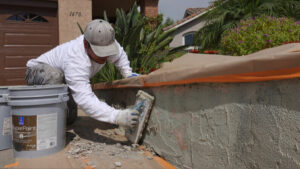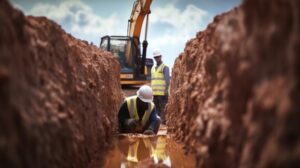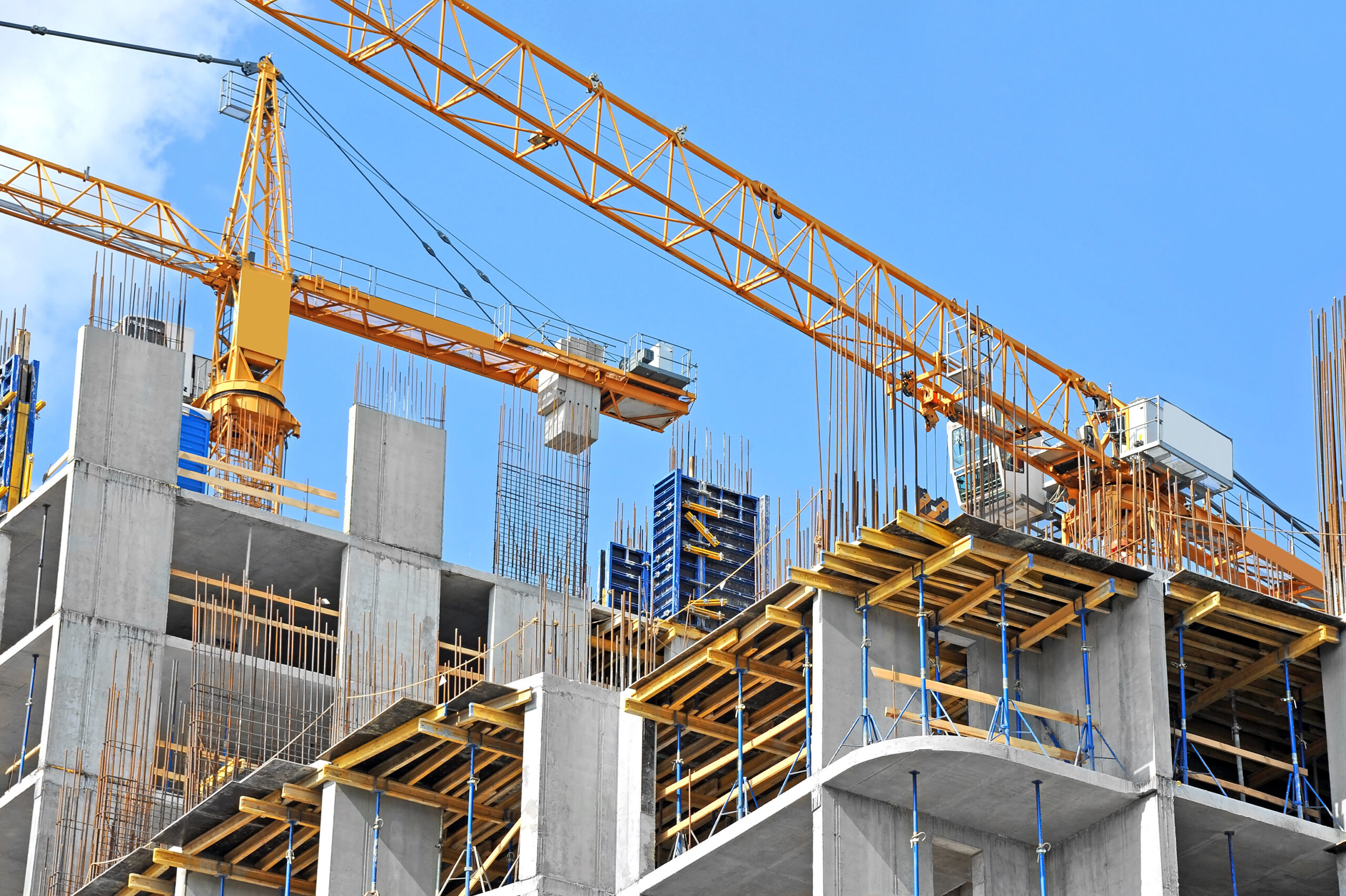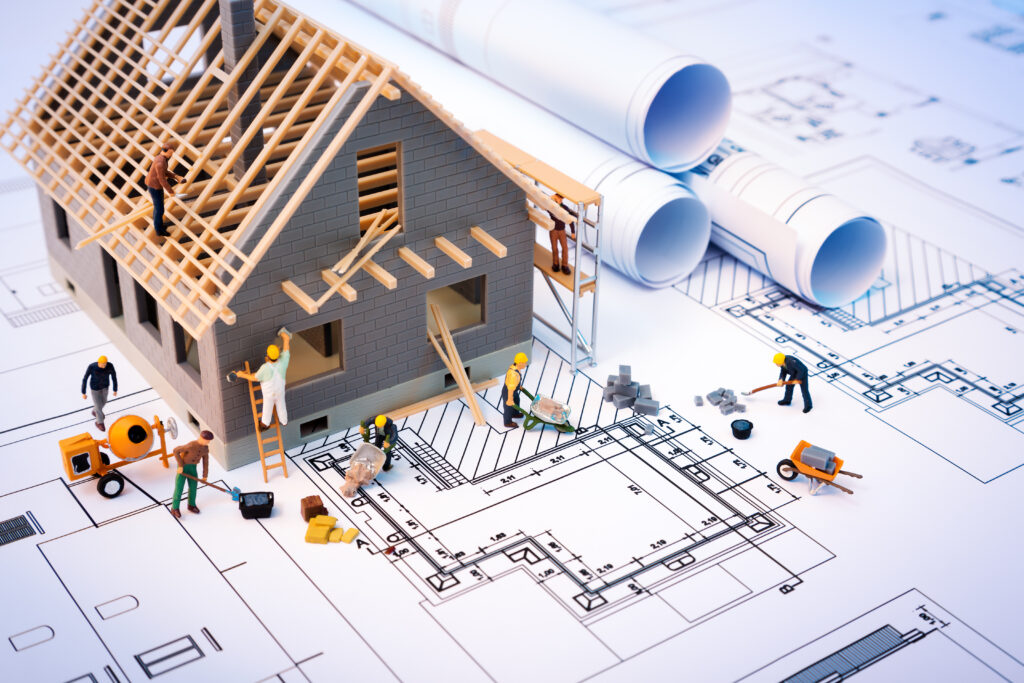Whether you want to renovate your home or are preparing for a sale, it’s important to consider the condition of the stucco walls. Stucco Philadelphia is a labor-intensive project and requires proper preparation and safety measures to complete successfully.
Testing your wall’s condition can save you money, time, and energy in the long run.

The stucco on your home’s exterior provides a durable, decorative, and protective barrier from the elements. It’s also a significant financial investment, so keeping it in good condition is important. It’s also a great place for mildew and mold to thrive, which can cause substantial and expensive damage to the structure. Washing the stucco regularly is one way to prevent these problems, and it’s easy to do without damaging the material. However, before cleaning, it is essential to inspect the wall surface for minor cracks or damage. If you miss them, they could worsen during the washing process and result in water seepage, leading to mold and mildew.
During the inspection process, you should also note the state of the underlying wall and take the necessary steps to repair any damage or areas needing improvement. This step is particularly important if you’re planning to wash your stucco, as it will help ensure that the material is in good condition for the wash process and will resist damage from the pressure washer.
You’ll need various tools and materials to prepare for the stucco removal. Start by covering surfaces you want to avoid getting dust or debris on with tarps or drop cloths. This will protect furniture, fixtures, and any other items in the work area from falling debris or splatters during the process.
Once the walls have been protected, break up the texture using a pneumatic chisel or hammer drill with a chisel blade. This can be challenging and time-consuming, so it’s important to take your time and be careful not to damage the underlying surface. Once the texture is broken up, you can scrape off any loose particles and smooth the surface using a grinder equipped with a diamond blade.
Once you’ve cleaned the wall and repaired any damaged areas, you can apply a new coat of texture to match the existing surface. This is an important step, as it will ensure that the new material is well-blended with the old and creates a uniform appearance. You can add a final coat of paint to the wall to complete the project if desired.
Depending on the scope of your stucco removal project, several tools will need to be available. Having these tools will help ensure that the job is completed quickly, efficiently, and correctly. Using the right tools also helps to ensure that your workers are not creating more problems by damaging the underlying materials as they remove the stucco.
First, workers must prepare the worksite by laying tarps and erecting scaffolding. They will then use a hammer to create a small hole in the stucco and a chisel or crowbar to loosen and break apart the stucco. Suppose they discover severely deteriorated brick underneath the stucco. In that case, they must reassess whether it makes sense to continue the removal or find a local mason to help repair and restore the underlying brick.
If it makes sense to continue removing, a circular saw will remove the stucco. They must be careful not to cut into the underlying wire mesh. Once the stucco is removed, they must use a pry bar and wire cutters to remove any remaining nails stuck in the brick.
Once the walls are free of stucco, they must be cleaned and prepped for patching and repairing. The surface must be scrubbed with a broom or brush to remove any dust or debris from the wall and then dampened with water for better adhesion. If there are cracks or holes in the wall, they must be filled in and then repaired with plaster before improving the surrounding stucco texture.
Stucco is a popular plaster for exterior walls due to its durability and long lifespan. It is also known for adding a unique, attractive style to homes and buildings. If you want to update your building’s look or want a new exterior, removing the stucco texture is an easy way. Following the steps outlined in this article, you can easily strip old stucco and give your building a fresh and updated appearance.
During stucco removal, it is important to follow proper safety measures to avoid injury. The first step is to wear protective equipment, including a mask and goggles, to protect your eyes and respiratory system from dust and debris. Similarly, it is recommended to use gloves and a face guard to protect your skin from the sharp edges of a chisel or scraper. Furthermore, clearing the work area of any furniture or fixtures that could be damaged is necessary. Lastly, proper disposal of leftover materials is important to avoid environmental harm.
If the wall or ceiling contains asbestos, testing this material before beginning the removal process is crucial. If your ceilings are covered in this material, you must hire a professional mason to remove and replace the material. It is also wise to cover any exposed brick with new drywall. If the underlying brick is severely deteriorated, replace it entirely rather than attempt to salvage it through plastering.
It is also recommended to place a tarp beneath the work site to catch falling debris and shorten clean-up time. Using a circular saw with a diamond blade to cut through the stucco is usually more effective than using a hammer and chisel. However, it is possible to achieve similar results by carefully chipping away at the existing texture with a chisel and a crowbar.
When the chiseling and scraping have been completed, washing the walls with a hose sprayer or cleaning solution is recommended. Then, allow the walls to dry thoroughly before repairing any cracks or holes. If your stucco is a lighter color, washing it before applying any paint or cladding is generally best.
Inspecting stucco walls regularly for signs of deterioration or water damage is advisable, as these can lead to more serious problems. For example, if you notice a patch of green algae growing on your stucco, it is a good idea to use a safe cleaning product for outdoor use. This way, you can easily remove the stains without damaging your stucco.
In some cases, black stains appear on the stucco of homes. These can be caused by mildew and algae grown in the porous stucco. The fungi are attracted to damp conditions and organic material like dirt and plant matter. Eventually, they can cause damage to the stucco surface and may also contribute to cracks in the wall. To get rid of these stains, you must first kill the mildew and algae before scrubbing away the residue.
If you are using a pressure washer to clean the walls, be sure that it is set to low pressure and that you are standing a safe distance from the wall. Using a high-pressure setting can damage the stucco surface and lead to cracks in the wall.
Begin by pre-wetting the stained area of your stucco home with water to draw the stains to the surface. Then, saturate the section with a cleaning solution. Let the solution sit for five to ten minutes. You should spray the section lightly with water once or twice during this time. This will help to keep the cleaner activated and prevent it from drying too quickly.
After the cleaning solution has had a few minutes to soak in, begin scrubbing the area with your brush and water. Be sure to clean the areas where the stains are most prominent. Rinse the stucco surface again when you are finished scrubbing. Use a lower pressure setting this time, and position the nozzle about 24 inches away from the stucco surface.
Once you have rinsed the surface, it’s important to inspect the walls and look for any cracks or damage that might have occurred during the scrubbing process. Please fill in any cracks that appear before they widen too much, and call a professional for advice if you see anything that looks like it needs some attention.
Stucco is less resilient than vinyl or wood siding, and continuously exposing it to the elements can lead to cracks and rot over time. In addition, if you wash your stucco without carefully inspecting it before and after, you could be blasting dirt and other debris into the house’s interior through any open cracks or crevices in the wall.


